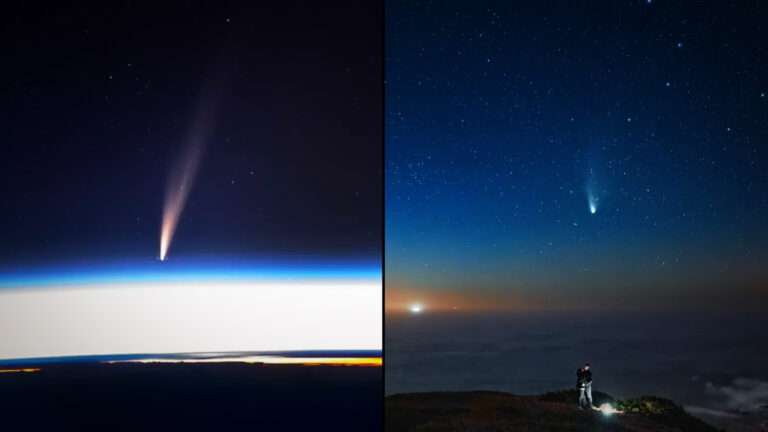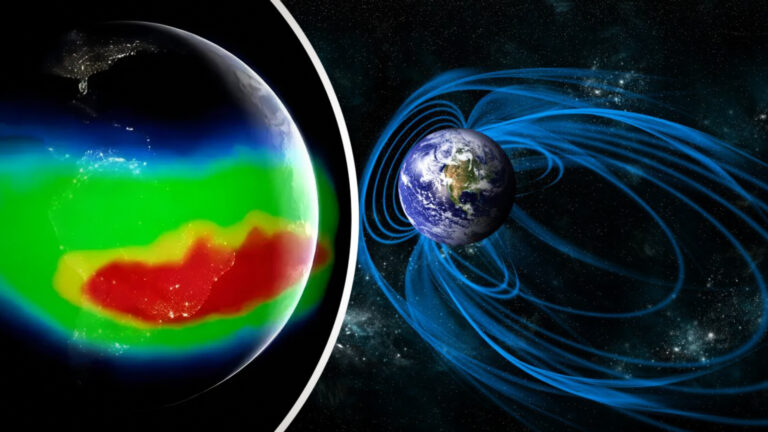Scientists Discover Powerful ‘Super-Earth’ Six Times Bigger Than Ours – Could It Harbor Alien Life?
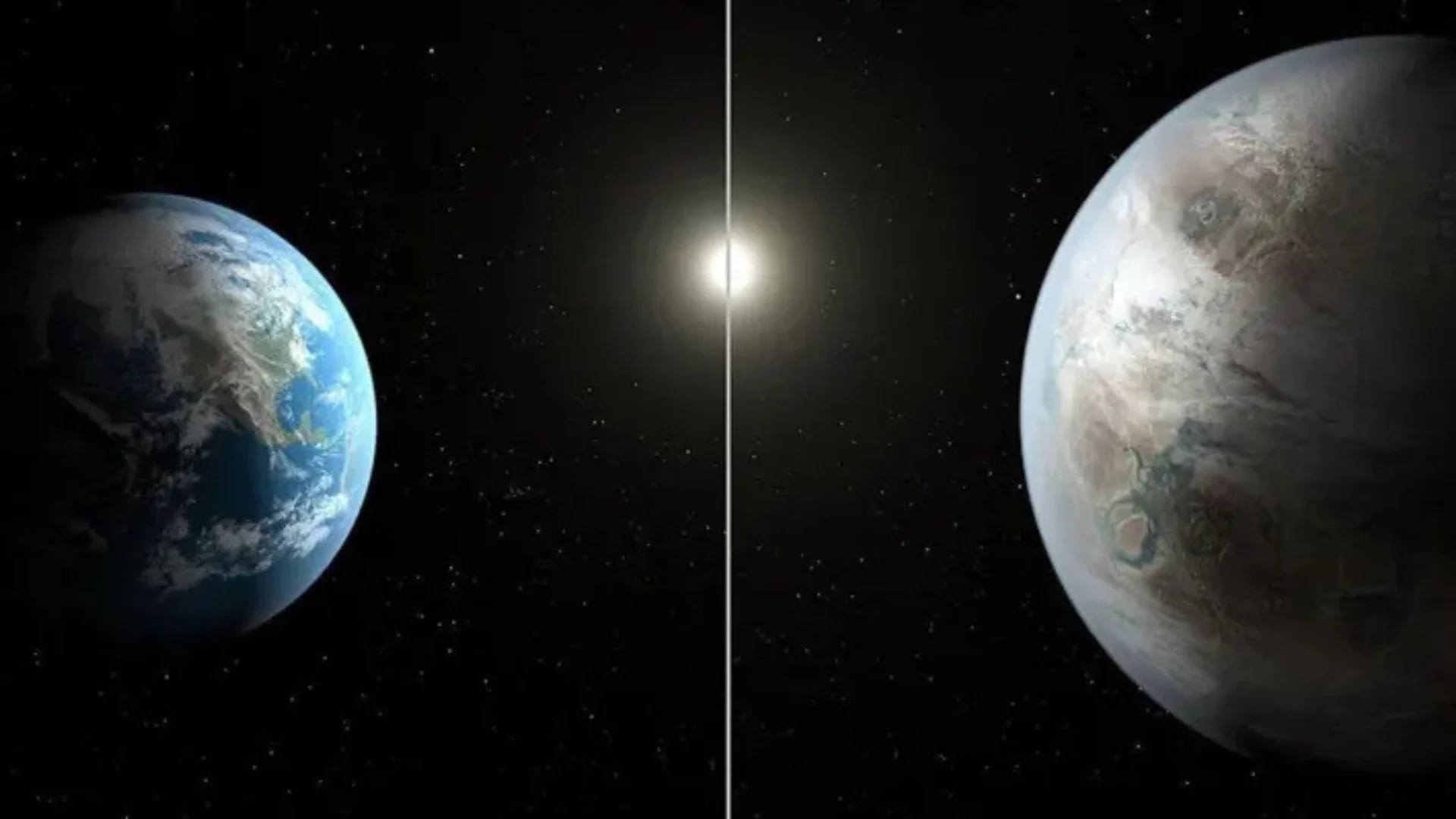
Earth is just one small part of a vast universe, and with every passing day, we get one step closer to unraveling the mystery of whether life exists beyond our planet. Could extraterrestrials be out there? A recent discovery of a new exoplanet has raised this question yet again, bringing hope to those who believe we’re not alone in the cosmos.
Meet HD 20794: The New ‘Super-Earth’
Researchers from Oxford University in England have discovered an exoplanet that has sparked curiosity in the scientific community. Named HD 20794, this planet is located approximately 20 light-years away from our solar system and is a “super-Earth” – meaning it’s significantly larger than our planet, about six times its size. This new discovery has the potential to significantly change the way we think about alien life.
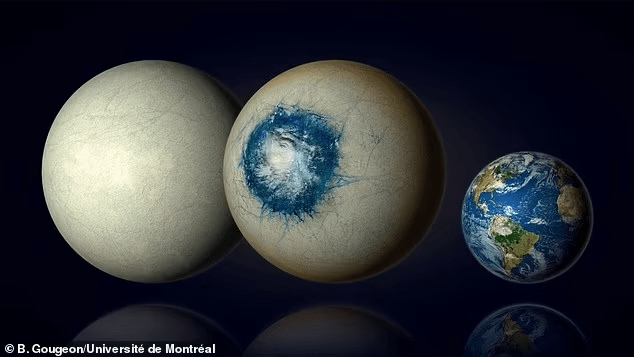
Credits: B.Gougeon
The Habitable Zone: A Sweet Spot for Life?
One of the most intriguing aspects of HD 20794 is its location in the “habitable zone.” This zone refers to the area around a star where conditions are ideal for liquid water to exist on a planet’s surface, which is essential for life. Although HD 20794 is larger than Earth, its position relative to its sun puts it in the right conditions for life to potentially thrive. This makes it a prime candidate for further research. Scientists are particularly interested in studying whether it could support life. Its location could provide valuable insights into extraterrestrial life possibilities.
However, scientists face one key challenge: the planet’s orbit. Unlike Earth, which has a near-circular orbit, HD 20794 follows a more elliptical, oval-shaped orbit. This means that although the planet is in the habitable zone, its distance from its star fluctuates, which could affect the potential for life. As a result, scientists are cautious about drawing conclusions, and much more research is needed before any firm claims about extraterrestrial life can be made.
From Data to Discovery: A Long Journey
The discovery of HD 20794 didn’t happen overnight. Dr. Michael Cretignier, a postdoctoral research assistant at Oxford University, first identified the planet three years ago in 2022 while analyzing archived data from the La Silla Observatory in Chile. However, confirming its existence wasn’t easy. At first, Dr. Cretignier wasn’t sure whether it was a planet or just a signal anomaly. It took years of teamwork and data analysis from scientists around the world to confirm that this celestial body was, indeed, a new exoplanet.
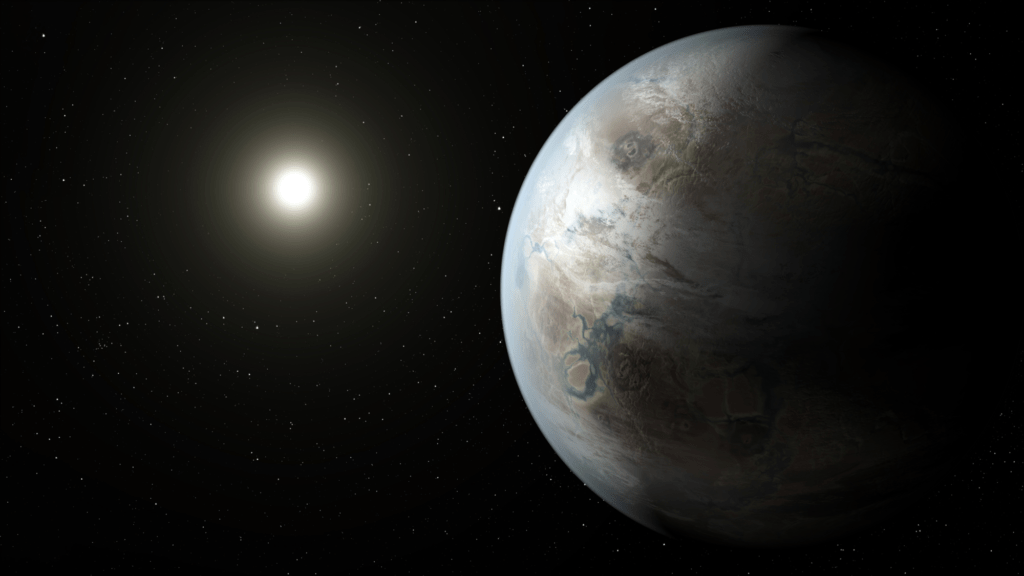
Dr. Cretignier describes the moment of confirmation as a “huge joy” and a “relief.” The original signal that led to the discovery was at the edge of the spectrograph’s detection limit, making it difficult to determine if it was a real signal or just a fluke. After years of careful analysis and eliminating potential contamination from other sources, the planet’s existence was confirmed, bringing this exciting discovery to light.
A Peek into the Future of Space Exploration
At just 20 light-years away, HD 20794 could play a key role in future space missions. Dr. Cretignier is optimistic that upcoming missions may even be able to capture an image of the planet, opening up a new frontier for space exploration. This discovery offers scientists a rare opportunity to study an Earth-like world up close and investigate its potential for life.
The next step is to analyze HD 20794’s atmosphere for potential biosignatures, signs of life. Dr. Cretignier is optimistic about this possibility, given the planet’s proximity to Earth. Located in the habitable zone, it offers an ideal environment for further research. This makes it one of the best candidates for studying extraterrestrial life. The planet’s unique characteristics open up exciting opportunities for future exploration.




